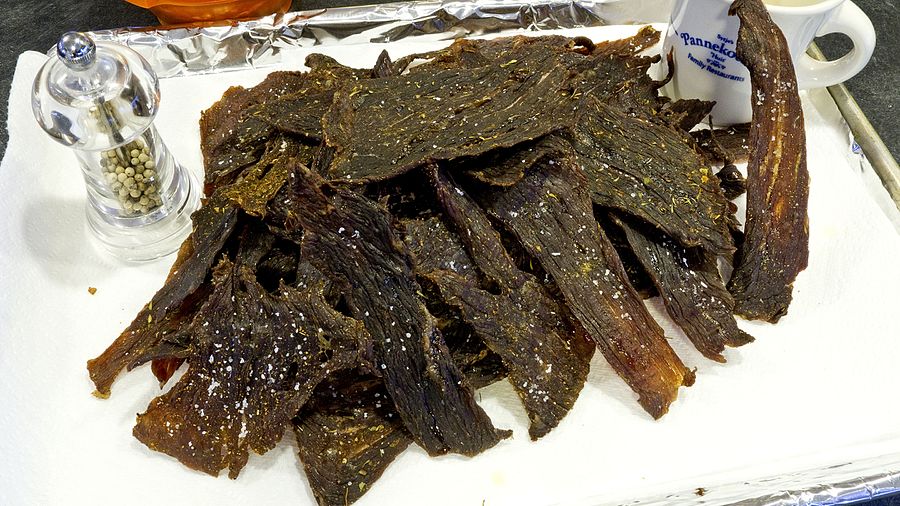Facts About Ch'arki
Jerky is a type of dried, salted meat that has been enjoyed for centuries as a method of preserving food. The word "jerky" is derived from the Quechua word "ch'arki" which means "dried, salted meat." Traditionally, jerky is made by slicing lean meat into strips, drying it at low temperatures, and adding salt to inhibit bacterial growth. Nowadays, modern jerky often involves marination, various spices, smoking, and even sweeteners like brown sugar.
One of the greatest advantages of jerky is its extended shelf life, making it a convenient, protein-packed snack. You can make jerky from a variety of meats, including commonly used beef and pork, as well as game meats like deer and even kangaroo. The process typically involves trimming off the fat, quickly drying the meat to prevent bacterial proliferation, and adding preservatives like sodium nitrite to maintain freshness.
Once dried, jerky is usually packaged in plastic bags with oxygen absorbers to prevent spoilage. There are many different types of jerky available. Some are made from whole muscle meat, while others use processed ground meat. In the U.S., the USDA oversees jerky production to ensure that it is safe and of high quality.
Jerky can be found worldwide, particularly in countries like the United States, Mexico, Canada, Australia, and the United Kingdom. It is a popular item in convenience stores, supermarkets, and even online. Additionally, jerky is a staple in military rations and has been used as space food for astronauts due to its nutritional value and durability.
Nutritionally, jerky is high in protein and low in fat, although it can be high in sodium depending on the preparation method. Around the world, various versions of dried meat products exist. For example, South America has charqui, and Africa has biltong, each with its own distinct methods and flavors.

 Paraguay
Paraguay